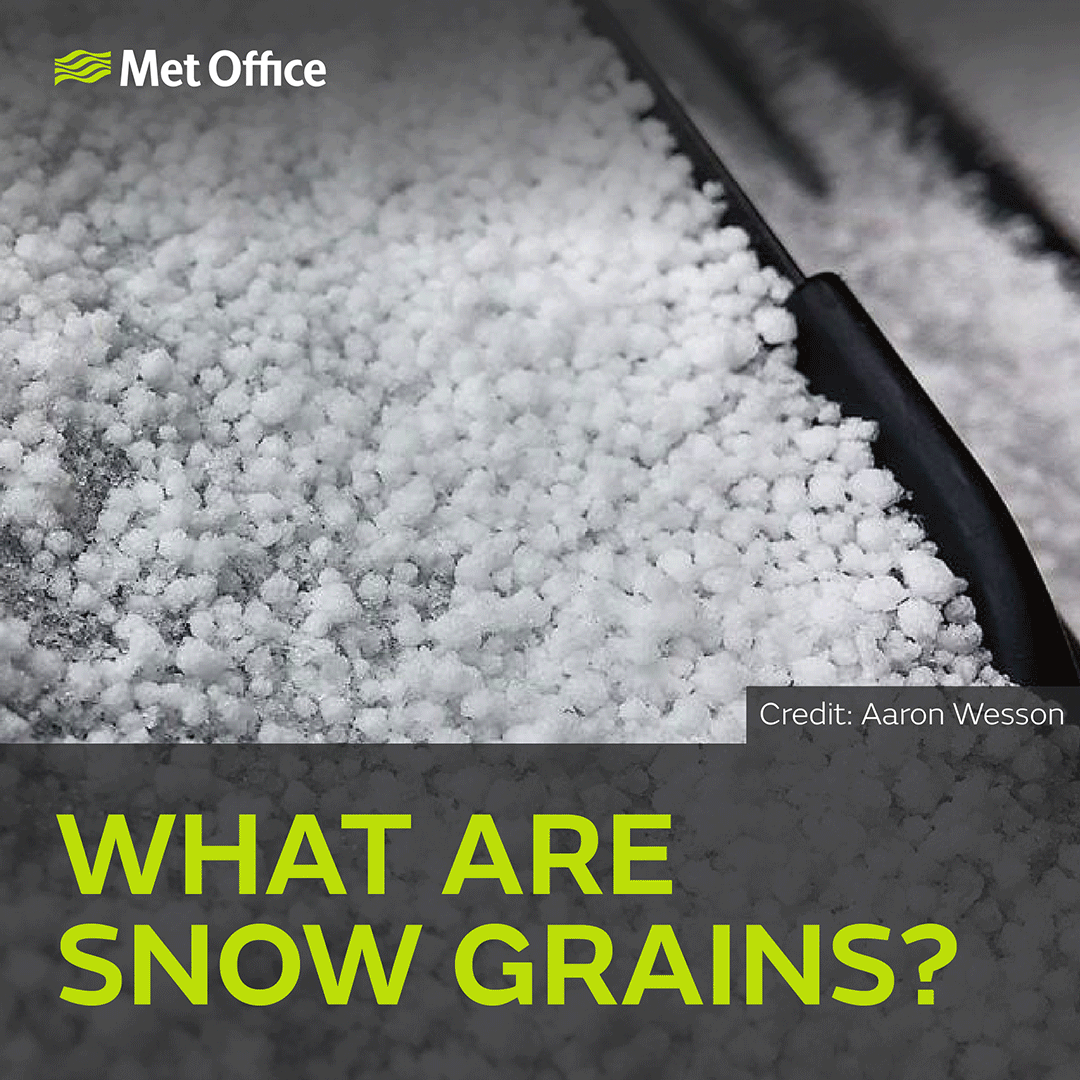Snow grains
Snow grains are a very small form of solid precipitation.
This type of precipitation appears as very small white and opaque grains of ice. These grains are fairly flat or elongated with a diameter generally less than 1mm.
Snow grains are the solid equivalent to drizzle.






